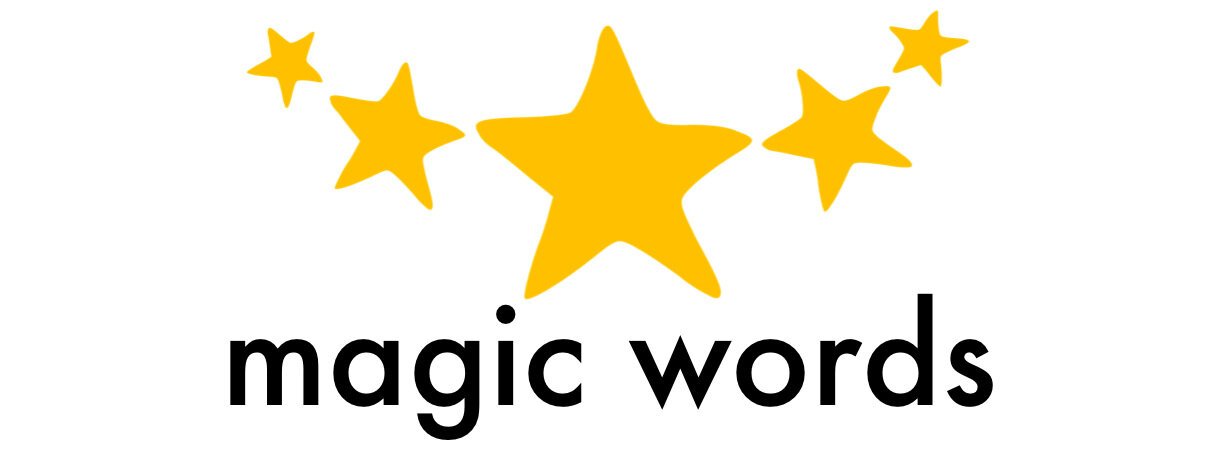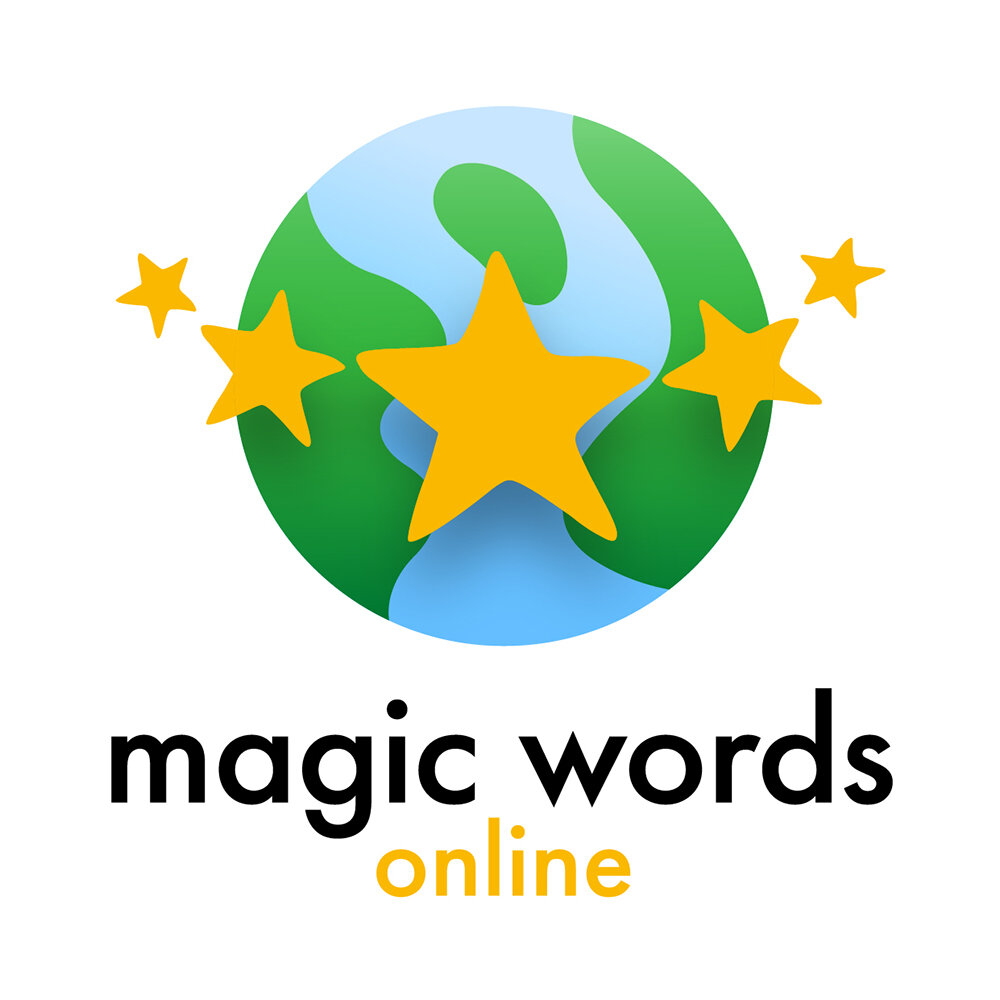Easter Themed Speech and Language Therapy Activities
By Larisa Vaz
Magic Words Speech and Language Therapist
As Easter approaches, families are gearing up for festive celebrations. For parents of children who use Augmentative and Alternative Communication (AAC) methods to communicate, incorporating Easter-themed activities can be both fun and beneficial for language development. AAC encompasses various modes of communication such as communication boards, speech-generating devices, sign language etc. to facilitate communication for individuals with speech differences.
Before heading to the activities, you will need to have the appropriate visuals/ support/ icons in your child’s AAC. Here is how you can do this:
· Choose vocabulary in advance of the activities that you will be doing. Think about words that are appropriate for your child’s level of understanding. For example, some of the words you can include are "Easter bunny," "egg hunt," "chocolate," and "spring". Make a list of these words. Your child’s speech and language therapist can support you with this.
· Next, with support from your speech and language therapist, add these words to your child’s AAC. They will be able to guide you on how you can do this depending on the type of AAC your child uses.
· Once ready, use the AAC to model language during the following creative and inclusive Easter themed activities:
1. Easter Storytime: Gather Easter-themed books for children. Make sure that you choose books based on your child’s interest and level of understanding. Read the Easter themed stories to them and model words on their AAC devices or communication boards to engage children in storytelling. Model single words, phrases or sentences based on whether your child’s needs. You may need to repeat the story several times on multiple occasions as Easter related vocabulary and concepts can be quite new for many children especially if they’re quite new to using an AAC device. Encourage them to use AAC symbols or buttons to comment on the pictures or story, comment on the emotions, or even request for books of their choice.
2. Easter Egg Hunt: Organize an egg hunt by hiding Easter eggs around the house or garden. Choose Easter eggs of different shapes, sizes, patterns etc. Encourage your child to go around the house or garden with their AAC and use it to comment on the type of egg that they find. You can also use this activity to target prepositions such as ‘under’, ‘in’, ‘next to’ for example, “Red egg was under the table” etc. Model the word ‘help’ if your child is not able to find any of the eggs and need your help.
3. Decorate Easter Eggs: Get creative with Easter egg decorating while incorporating your child’s AAC. Make sure your child’s AAC device is set up and updated with the activity related vocabulary or the words that you intend to target while modelling. Use your child’s AAC to model language while choosing colours that they would like to colour with, patterns or stickers that they would like to use. Encourage them to imitate or comment about the colours, size, or request specific decorating materials.
4. AAC Cooking Activities: Engage children in Easter-themed cooking or baking activities, such as making Easter cookies, Easter eggs or decorating cupcakes. This activity is particularly useful to target various actions such as mixing, cutting, baking etc. Use AAC to model language as you go through the through the steps of the recipe, describe and measure ingredients, and make requests for utensils or ingredients.
5. AAC Egg Painting: Set up a painting station for children to decorate paper or foam egg shapes using paint and brushes. Model language and encourage your child to use their AAC systems to request colours, describe their painting process, and talk about their artwork to other family members.
Incorporating AAC into Easter activities not only promotes language development and communication skills but also fosters inclusivity and engagement for children with speech and language differences. By adapting these Easter activities to accommodate various modes of communication, families can create meaningful experiences that support their children's communication targets while celebrating the joy of the season. Whether it's through storytelling or easter egg hunts, Easter becomes an egg-cellent opportunity for children using AAC to express themselves and participate fully in the festivities.


























































